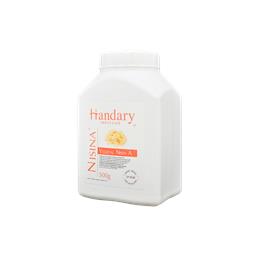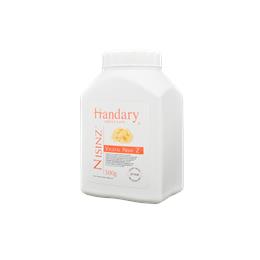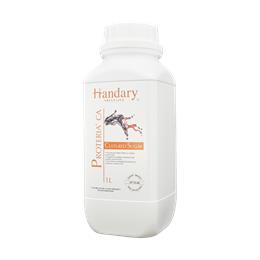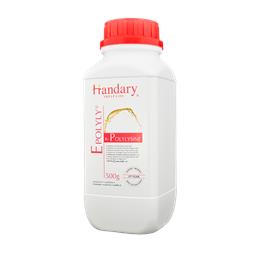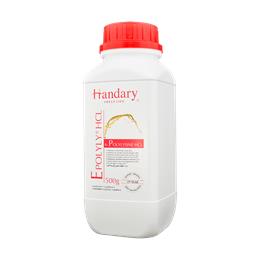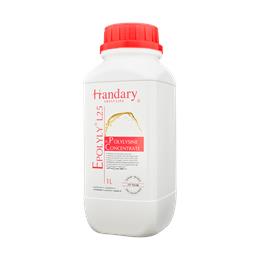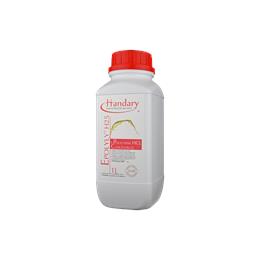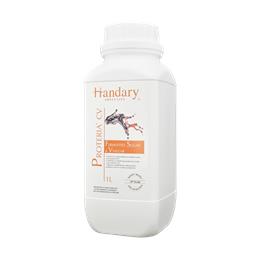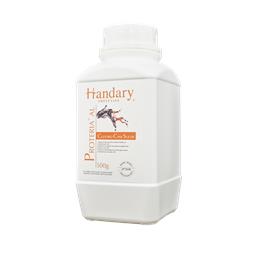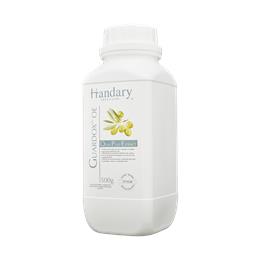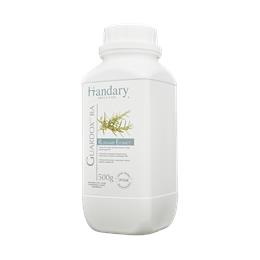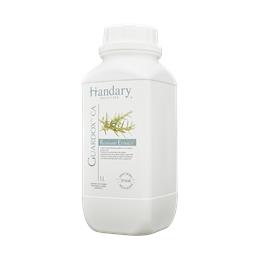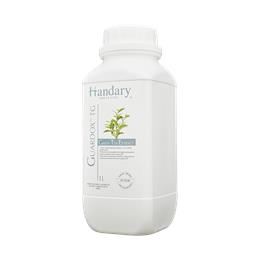Description
Cooked meat and poultry refer to meats that have been cooked through various methods such as baking, grilling, boiling, or roasting. Cooking meat and poultry makes them more tender, enhances their flavor, and increases their safety by reducing the risk of foodborne illnesses.
Meat and poultry are excellent sources of protein, vitamins, and minerals, making them important components of a healthy diet. Cooked meat and poultry can be eaten as a standalone dish, or they can be used as an ingredient in other recipes, such as soups, stews, casseroles, and salads.
Proper cooking and handling are essential for ensuring the safety of cooked meat and poultry. It is important to cook meat and poultry to the appropriate temperature, which can vary depending on the type of meat and the cooking method used. The main spoilage issues are Oxidation (Color Loss) and Total Aerobic Bacteria..
Total Aerobic Bacteria
Total Aerobic Bacteria can be present Cooked meat which can cause spoilage and foodborne illnesses. Total aerobic bacteria counts in cooked meat can vary depending on a variety of factors, including the type of meat, the cooking method, and the storage conditions. Cooked meat should be handled and stored properly to minimize the growth of aerobic bacteria.
After cooking, meat should be refrigerated promptly to slow down bacterial growth. The temperature of the refrigerator should be kept at 40°F (4°C) or below to prevent bacterial growth. Overall, total aerobic bacteria counts in cooked meat can vary, but proper handling, storage, and cooking can help minimize bacterial growth and ensure the safety of the meat for consumption.
Oxidation (Color Loss)
Oxidation (Color Loss) is a natural process that occurs in cooked meat, which can result in color loss or browning. This can happen when meat is exposed to air or heat, causing the fats and proteins in the meat to react with oxygen in the air. This reaction can lead to changes in the texture and flavor of the meat, as well as a loss of nutritional value.
Overall, oxidation is a natural process that occurs in cooked meat and can lead to desirable browning and flavor compounds. However, excessive oxidation can lead to a loss of quality and flavor, so it is important to store and cook meat properly to minimize oxidation.
 English
English 简体中文
简体中文 Français
Français Español
Español
